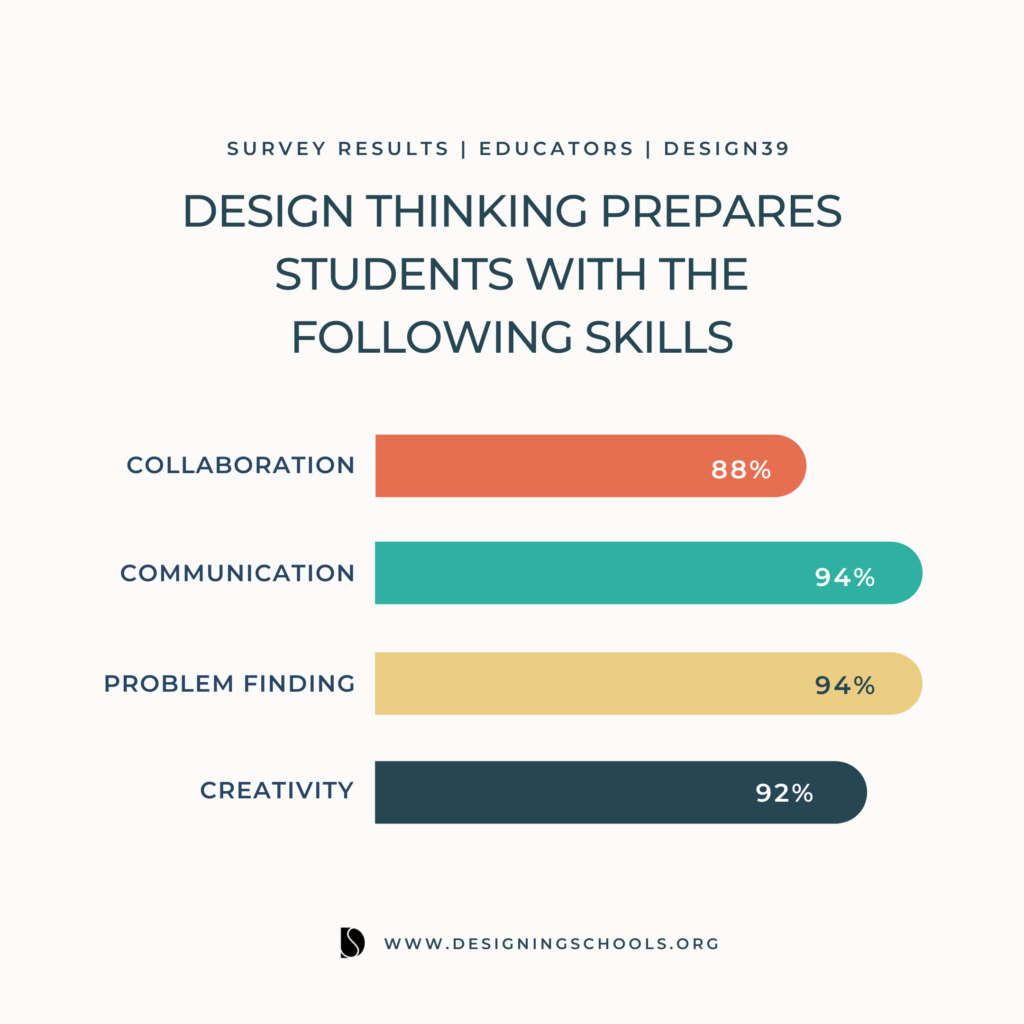Schools as Straightjackets: How Design Thinking Can Help You Break Free
The Viral Impact of TikTok Trends on Human Curiosity
If you’ve been perusing grocery store aisles recently, you may have noticed that one item, in particular, is sold out everywhere: fruit roll-ups. The sudden scarcity of this snack can be attributed to a viral TikTok video created by a user named “Golisdreams“, where she shares her favorite snack creation: rolling ice cream into a fruit roll-up to create a delicious and crunchy treat. With over 11.6 million views and counting, people all over the world have become curious about this snack and rushed to buy fruit roll-ups, leading to widespread shortages. This is just one example of how viral trends on social media platforms like TikTok can have a real-world impact.
Traditional Education Systems and the Need for Change
While viral TikTok trends continue to captivate millions of people worldwide, traditional education systems fail to cultivate traits such as curiosity, creativity, imagination, and intuition. These traits are essential to succeed in workplaces of the future. As Duncan Wardle, former head of creativity and innovation at Disney, shares in the new documentary, “Designing Schools: The Future is a Place We Create.”
Schools can be like a straightjacket that binds and restricts the natural flow of human curiosity, creativity, imagination, and intuition. Just as a straightjacket limits a person’s physical movements, traditional educational systems can constrain students’ intellectual and emotional development by enforcing rigid standards, rote memorization, and conformity to a set of predetermined rules. Like a bird whose wings are clipped, students can be left feeling trapped. And unable to fully explore their interests and ideas. By breaking free from the constraints of traditional education and embracing design thinking methods and mindsets, we can help unleash the full potential of each individual.
The Power of Design Thinking
Design thinking is a problem-solving approach that prioritizes empathy, creativity, and iterative prototyping. It involves understanding the needs of the end-user, ideating multiple solutions, rapidly prototyping and testing those solutions, and iterating based on feedback.
As design thinking encourages the use of multidisciplinary teams, diverse perspectives, and a bias toward action, it is possible to apply it to a wide range of contexts, including education. Because design thinking is iterative, it helps individuals develop a mindset where they are comfortable with ambiguity. Allowing them to be more strategic and informed about how to adapt to and accelerate individual and organizational goals and outcomes. And while we often rush to outside experts for the answers, it’s imperative that we first begin by engaging those within our organizations.
Every day I hear ideas from educators about how we can solve the challenges that face them. I hear people wish for more collaboration time to engage with colleagues about designing learning experiences that are relevant and meaningful. Their hopes and dreams are immediately shattered by the belief that no one values what I have to say. Design thinking methods provide a safe space to engage everyone in dialogue about obstacles and opportunities to design a new way forward.
The Benefits of Design Thinking for Individuals and Organizations
In addition to developing the traits and mindsets that will give humans a competitive edge over AI, design thinking can reduce anxiety, foster resilience, and adaptability. And promote a positive mindset and sense of purpose. Ultimately, human agency is vital in the age of AI. As it is humans who will determine how technology is used and what impact it has on society. By embracing a human-centered approach to teaching and learning in a technology-driven world, educators can shape the destiny of schools and create meaningful learning experiences for students.
As Erik Brynjolfsson shares in the documentary, “Technology is not destiny. We shape our destiny.”
This quote became my call to action: How might we shape our destiny?
To answer this question I traveled to Design39 Campus, a public school in San Diego, CA. At Design39 educators are called “learning experience designers.”
Why?
As they share, “When you change the language you change the conversation.”
It’s these subtle mindset shifts that remind you – educators are inherent design thinkers.
While we would all welcome broad systemic change, a quick history lesson will remind us that no systemic change ever came from the government first. Every freedom we have today, and every innovation began with the story of one individual who knew there was a different way.
With the teaching profession standing at a crossroads, these evidence-based practices from Design39 Campus share what’s possible when teachers work in a culture of collaboration built on trust and team psychological safety. There is strong agreement amongst educators between developing in-demand skills. Such as creativity, problem finding, collaboration and communication, and practicing design thinking. In addition to skills, the students are developing a strong mindset of empathy, creative confidence, learning from failure, and optimism.


If educators are truly going to shape the destiny of schools it’s time to take a human-centered approach to teaching and learning in a technology-driven world. The emergence of ChatGPT represents a significant inflection point in the realm of technology, akin to the launch of the iPhone in 2007. As we navigate this new technological landscape, it is crucial that we heed the lessons of the past. And avoid a technology-first approach that prioritizes short-term gains at the expense of long-term impact.
Who Do You Want to Be
Ultimately design thinking is a powerful tool that can help individuals and organizations navigate a technology-driven world. By embracing design thinking methods and mindsets, individuals can develop the traits and skills needed to succeed in the workplaces of the future. And reduce anxiety, foster resilience and adaptability. And promote a positive mindset and sense of purpose. Ultimately, human agency is key in shaping the impact of technology on society. By prioritizing a human-centered approach to teaching and learning, we can create a better future for ourselves and generations to come.
Bring a Design Thinking Workshop to Your Campus
Design thinking workshops give everyone the methods to approach change feeling optimistic and energized about what’s possible and how to overcome barriers to success. To learn more click here to book a time on my calendar.






I’m Sabba.
I believe that the future should be designed. Not left to chance.
Over the past decade, using design thinking practices I've helped schools and businesses create a culture of innovation where everyone is empowered to move from idea to impact, to address complex challenges and discover opportunities.
stay connected
designing schools
Actually, Design Thinking is an exceptional tool for lateral thinking, which is needed if we are going to improve schools. At the same time, schools re systems and so DT and systems thinking will provide a powerful toolkit for re-inventing schools and architecting major changes.